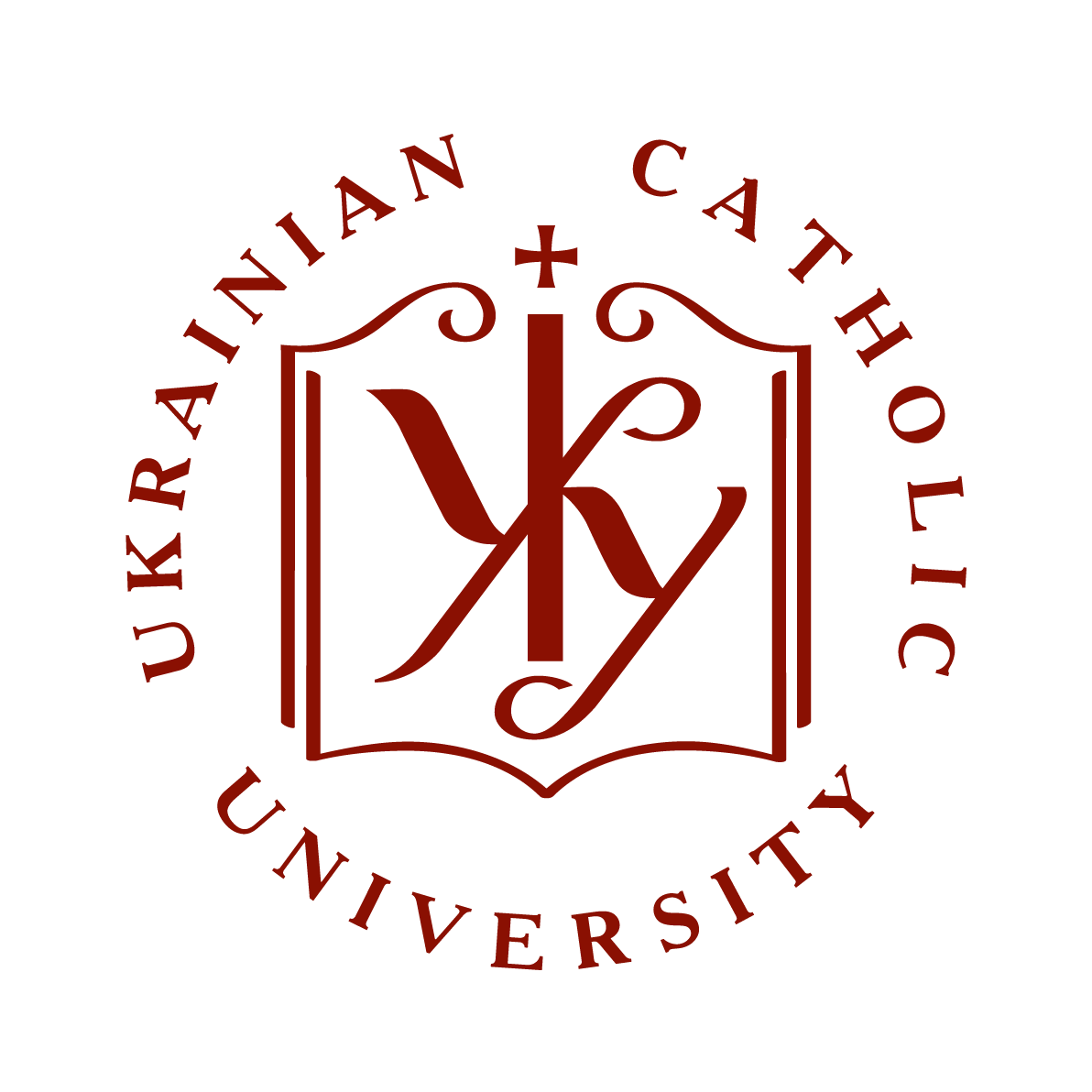Сценарії JavaScript вимкнено для Вашого браузера. Деякі функції цього сайту не будуть працювати без них.
| dc.contributor.author | Pytlovana, Liliya
|
|
| dc.contributor.author | Питльована, Лілія
|
|
| dc.date.accessioned | 2017-01-10T23:00:27Z | |
| dc.date.available | 2017-01-10T23:00:27Z | |
| dc.date.issued | 2016 | |
| dc.identifier.citation | Pytlovana L. Russia in Punch cartoons: 1914-1918 / Liliya Pytlovana // Військово-науковий вісник. – Вип.25. - Львів: НАСВ, 2016. – С.138-153. | uk |
| dc.identifier.uri | http://er.ucu.edu.ua/handle/1/1008 | |
| dc.description.abstract | У статті аналізується еволюція відображення Росії в карикатурах журналу «Панч» під час Першої світової війни. Образ досліджується в контексті концепту «свій — чужий», «інший» як ключових в британському суспільному дискурсі про Росію. У 1914-1916 рр. ставлення британців до Росії базувалося на старих стереотипах, але виходило з того, що вона — союзник. Образ Росії можна охарактеризувати в категорії «чужий серед своїх». Домінуючий символ Росії цього періоду — зооморфний (ведмідь). Лютнева революція породила британські очікування щодо лібералізації політичного режиму в Росії. Образ Росії максимально наблизилося до категорії «свої», на карикатурах переважають реальні політики, а також алегорія Матінки Росії. Після більшовицької революції 1917 р. образ Росії у карикатурі наповнюється негативним змістом. Односторонній вихід Росії з війни став точкою найбільшого віддалення двох держав, а образ Росії став максимально «чужим». | uk |
| dc.language.iso | en | uk |
| dc.subject | Research Subject Categories::HUMANITIES and RELIGION | uk |
| dc.subject | історія | uk |
| dc.subject | history | uk |
| dc.subject | "Панч" | uk |
| dc.subject | «Punch» | uk |
| dc.subject | карикатура | uk |
| dc.subject | cartoon | uk |
| dc.subject | преса | uk |
| dc.subject | periodicals | uk |
| dc.subject | Перша світова війна | uk |
| dc.subject | First World war | uk |
| dc.subject | Росія | uk |
| dc.subject | Russia | uk |
| dc.title | Russia in Punch cartoons: 1914-1918 | uk |
| dc.type | Article | uk |
| dc.status | Опублікований і розповсюджений раніше | uk |
| dc.description.abstracten | This article analizes the dynamic of transformation of image of Russia in Punch cartoons during the First World War. The image is explored in the context of concept 'us and them", 'the Other', 'the Stranger' which were the key in British public discourse about Russia. In 1914—1916 British attitude to Russia was based on old stereotypes, but had in view the fact that Russia was the ally. The image of Russia can be characterized in the category of «the Strange among Us». The dominant symbol of Russia of this period was zoomorphic (bear). The February Revolution of 1917 and the coming to power of the Provisional Government raised the expectations of the United Kingdom as to the liberalization of political regime in Russia. The image of Russia became close to category 'ours own' and 'friend'. The real politicians, as well as an allegory of Mother Russia, were central in Punch cartoons. After the Bolshevik Revolution of 1917, the image of Russia was filled with negative sense. The signing of the separate peace in 1918 and Russia's withdrawal from the War became the point of greatest distancing between the two powers and transformed the image of Russia into «the Stranger*. | uk |
| dc.relation.source | Військово-науковий вісник | uk |
Files in this item
This item appears in the following Collection(s)
-
Статті [54]
Articles


